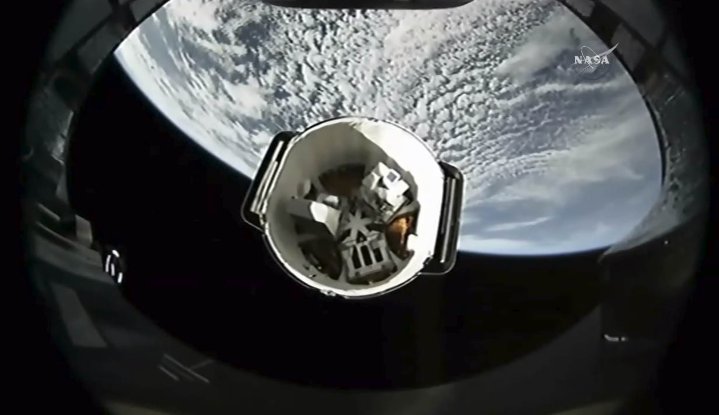
Elon Musk has long touted the re-usability concept for his SpaceX program, and it kicked into high gear in 2017. Back in March, SpaceX made history by utilizing a reused Falcon 9 to send a satellite for the communications firm SES into orbit. In May, the company launched a recycled Dragon capsule for a resupply mission to the ISS.
The most recent launch marks the first time both a reused capsule aboard a reused rocket has made the journey. After a successful launch and landing back on Earth, the boosters and capsules are inspected, refurbished, and subject to a battery of tests to ensure they’re ready for another mission.
SpaceX has now completed 20 successful first-stage landings, and it’s reused the boosters on four occasions. In the pre-launch briefing for the most recent mission, Jessica Jensen of SpaceX said, “In the long run, reusability is going to significantly reduce the cost of access to space, and that’s what’s going to be required to send future generations to explore the universe.”
NASA probably got a deal on the mission as well. Last year, SpaceX President Gwynne Shotwell explained that reused rockets are cheaper to fly and some of that savings would be passed on to the consumer. “We are not decreasing the price by 30 percent right now for recovered and reused vehicles. We’re offering about a 10 percent price reduction,” she said. “At this point that is a reasonable reduction and then, as we recover some of the costs associated with the investment that we put into the Falcon 9 to achieve that, then we might get a little bit more.”
After the first stage’s successful launch and landing, the disposable second stage is powering the Dragon on to its December 17 rendezvous with the ISS. The cargo it’s carrying is not a Tesla Roadster, but the usual array of crew supplies and scientific experiments.
However, there may be something extra this time around. “I cannot confirm nor deny the presence of Christmas presents,” Kirk Shireman of NASA said. “There are crew care packages, and as program manager I don’t have to go inspect all those. So it wouldn’t surprise me, but I can’t say for certain.”


